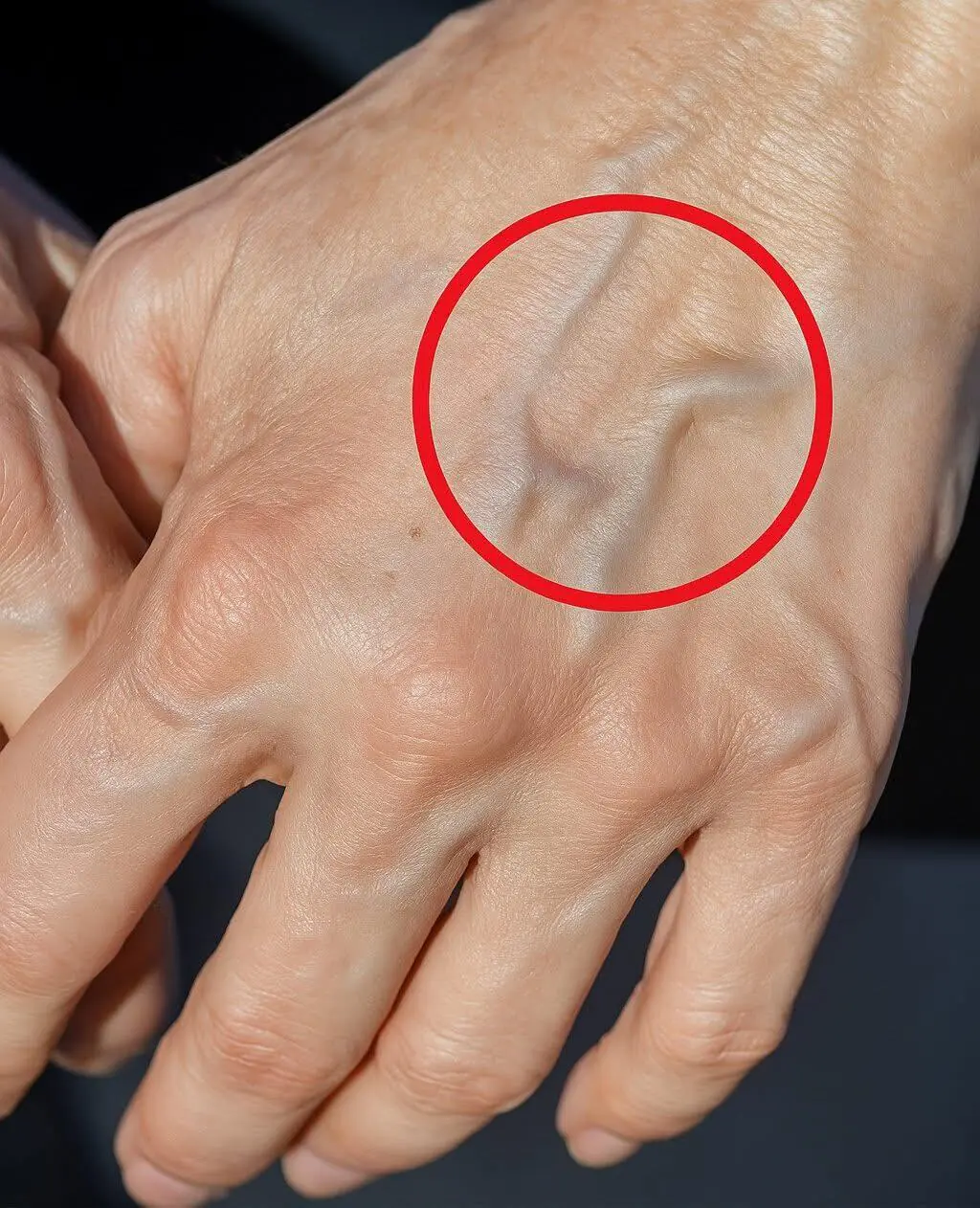
WARNING: These 3 signs on the shoulder are signs of malig:nant tum:ors, even can:cer, do not ignore them
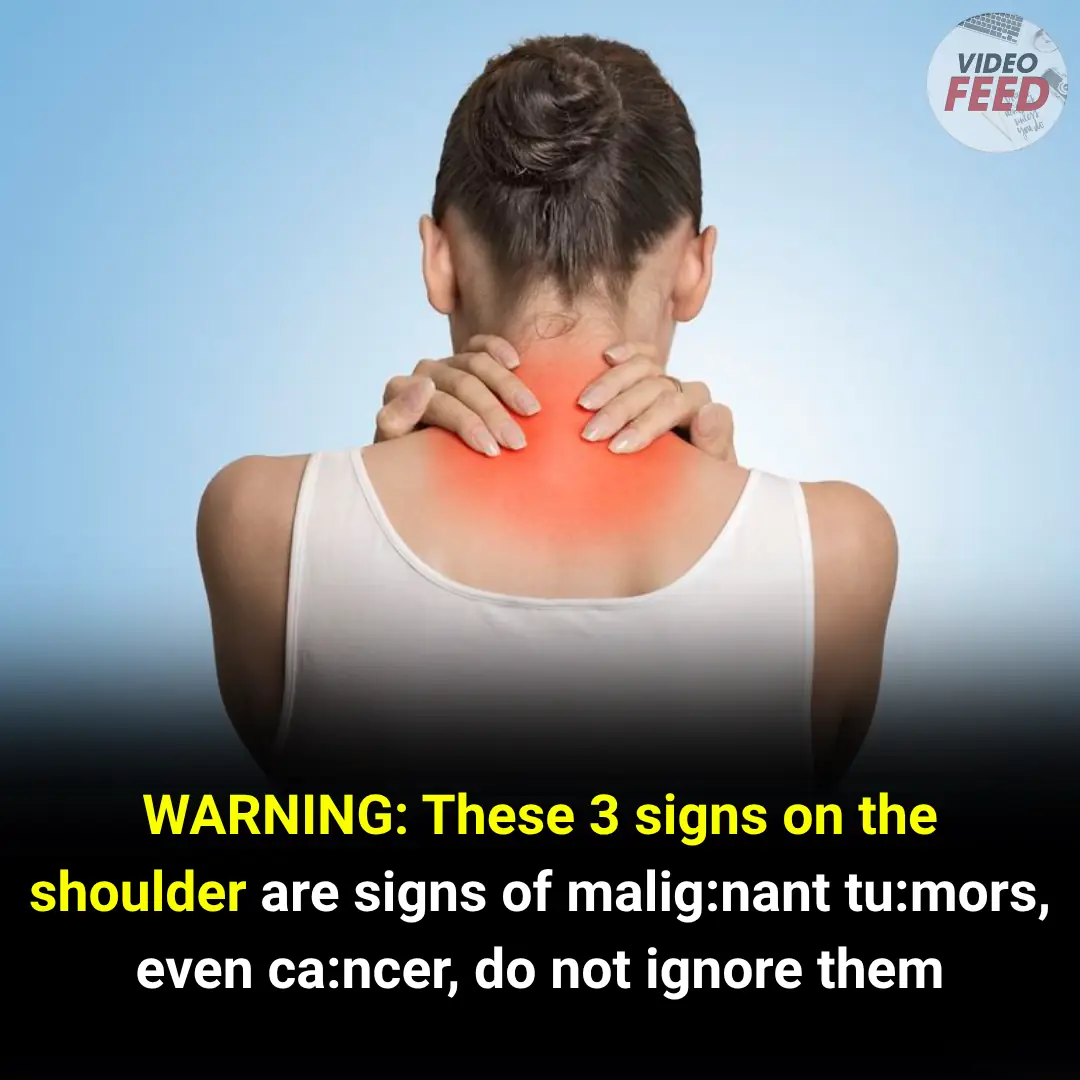
Besides shoulder pain caused by shoulder inflammation, there are several other diseases, including malignant tumors:
1. Lung Cancer
Lung cancer can cause shoulder pain because it often metastasizes to the bones, and the shoulder bone is a common site of lung cancer metastasis. In addition, if the malignant tumor in the lung is located near the shoulder, it may directly cause shoulder pain.
2. Liver Cancer
Liver cancer can cause shoulder pain, usually in the right shoulder. This is because liver cancer can invade the right diaphragm, leading to referred pain in the shoulder. Sometimes, pain from liver cancer may be transmitted directly to the right shoulder.
3. Malignant Cervical Tumors
Malignant cervical tumors are classified into two types: primary and secondary. Primary tumors are located in the cervical spine, while secondary ones originate from other parts of the cervical vertebrae. These tumors can also cause shoulder pain, but in half of the cases, the pain starts from the neck and spreads to both shoulders.
It is clear that the occurrence of shoulder pain is not always due to shoulder inflammation, especially when the pain does not improve after treatment. In such cases, it is best to check for other possible causes.
Checking for periarthritis of the shoulder is actually very simple and can be done with a standard X-ray. If no shoulder inflammation or obvious bone damage is detected, it is best to examine the lungs and liver, ideally using a CT scan.
What other diseases can shoulder and neck pain indicate?
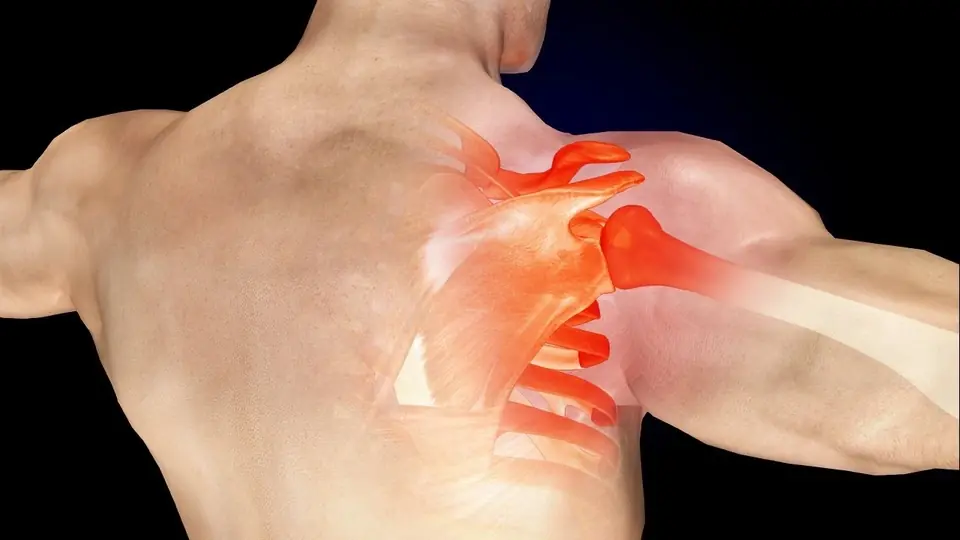
Gallbladder Inflammation
Gallbladder inflammation can cause shoulder and neck pain. Since the gallbladder and sensory nerves are located near the right shoulder, inflammation of the gallbladder can result in pain in this area. The pain may occur frequently and is often accompanied by other symptoms such as nausea, acid reflux, bloating, and indigestion. At the first sign of these dangerous symptoms, patients should immediately have their gallbladder checked.
Myocardial Infarction (Heart Attack)
If a patient frequently experiences pain in the chest and left shoulder, they should be cautious of a possible myocardial infarction. Chest tightness may also result from fatigue or excessive stress. In such cases, proper rest and relaxation are essential to avoid long-term tension.
Myocardial infarction is also accompanied by symptoms such as palpitations, sweating, nausea, shortness of breath, pale complexion, dizziness, and fainting. In particular, if the patient feels tightness or pressure in the middle of the chest that spreads to the arms, shoulders, neck, jaw, or even the stomach area, it is important to undergo a cardiovascular health check.
Cervical Spondylosis
Cervical spondylosis is a condition that causes pain in the upper back near the neck. At this stage, neck movements may be limited due to nerve root irritation or damage. Patients often feel electric shock–like pain, along with numbness in the hands and coldness in the feet.
Bone and Joint Tuberculosis
Bone and joint tuberculosis and shoulder–neck inflammation often have similar symptoms. However, bone and joint tuberculosis progresses more slowly and is accompanied by signs such as a pale face, flushed cheeks, night sweats, and fatigue.
Tumor in the Shoulder Bone Area
A tumor developing in the shoulder or neck region will eventually cause pain in these areas, along with functional motor disorders.
Cervical Spine Degeneration
When degeneration occurs, patients feel pain and stiffness in the neck, especially after waking up, with movement becoming easier only after about 5 minutes. This condition commonly appears in middle-aged individuals (over 40 years old). In addition, keeping the neck in the same position for 1–2 hours can also cause pain.
Cervical vertebral degeneration usually begins around the age of 30. Avoiding harmful movements such as sudden neck twists, cracking sounds, or aggressive neck massages (especially in high-impact activities that risk neck injury) can slow its progression. Medication, along with strengthening exercises around the cervical spine muscles, can help patients relieve pain and slow down degeneration.
News in the same category


All The Things You Need to Know About Nighttime Urination And When To Start Worrying
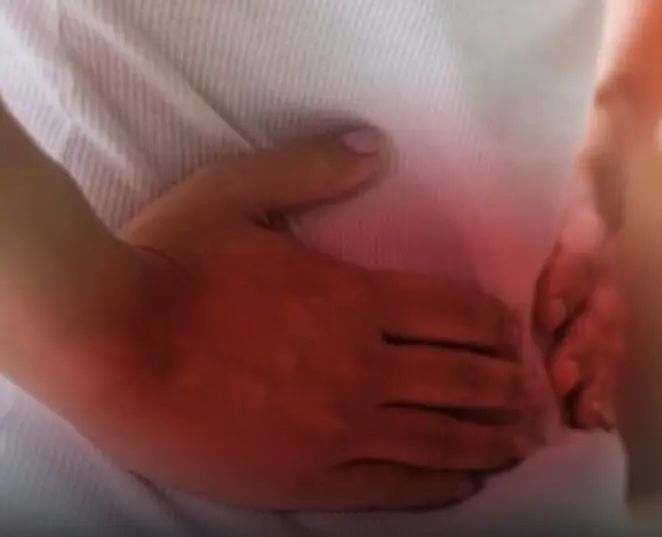
Umbilical Hernia: Causes, Symptoms and Treatment
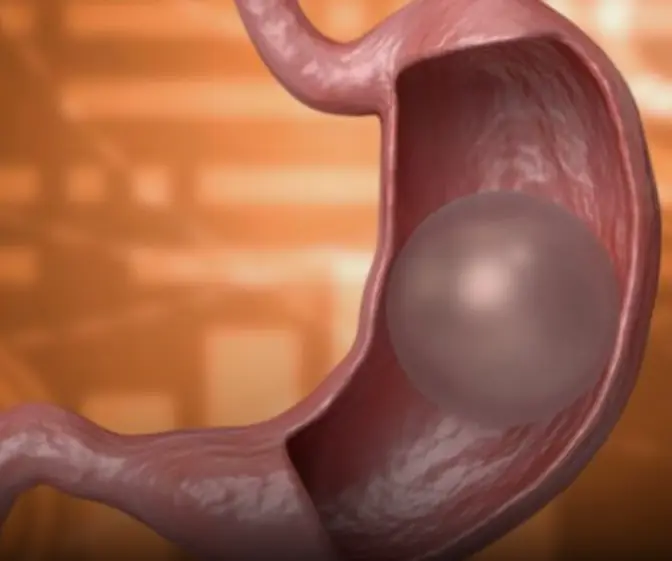
What happens if the gastric balloon bur.sts?
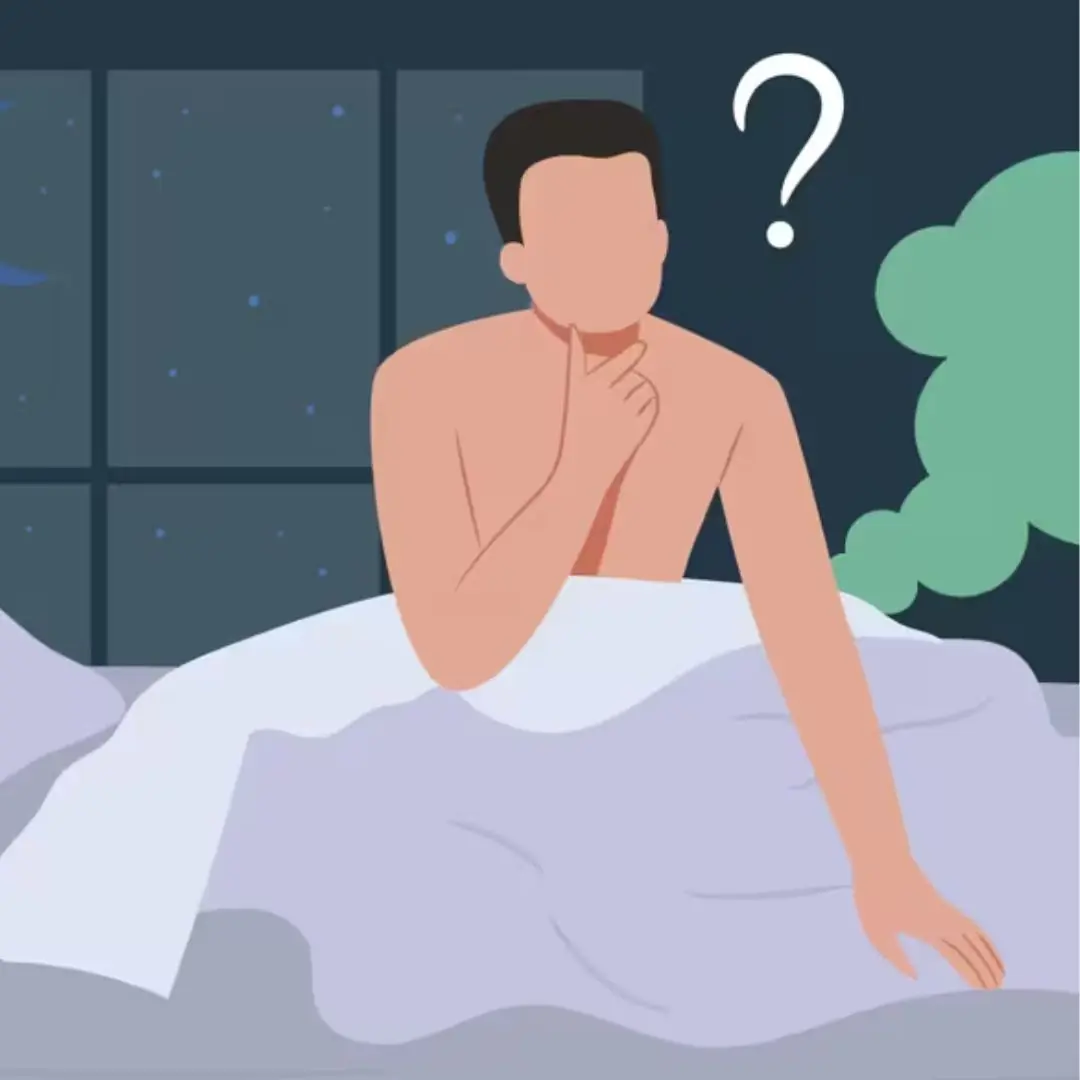
Gassier at Night? Here’s Why (and What To Do About It)

What is myasthenia gravis and what are its symptoms?

Eating chicken eggs is harmful to these 5 groups of people

4 Vegetables Easily “Treated” with Chemicals

The Part of the Pig Often Dismissed as “Dirty” and Thrown Away: Turns Out It’s a “Miracle Food” with 10 Times More Iron Than Meat

An 8-Year-Old Girl Complained of “Sto.mach Pain” Every Friday Afternoon

Eating Eggs Can Be Harmful for These 5 Groups of People: Better Stay Away!
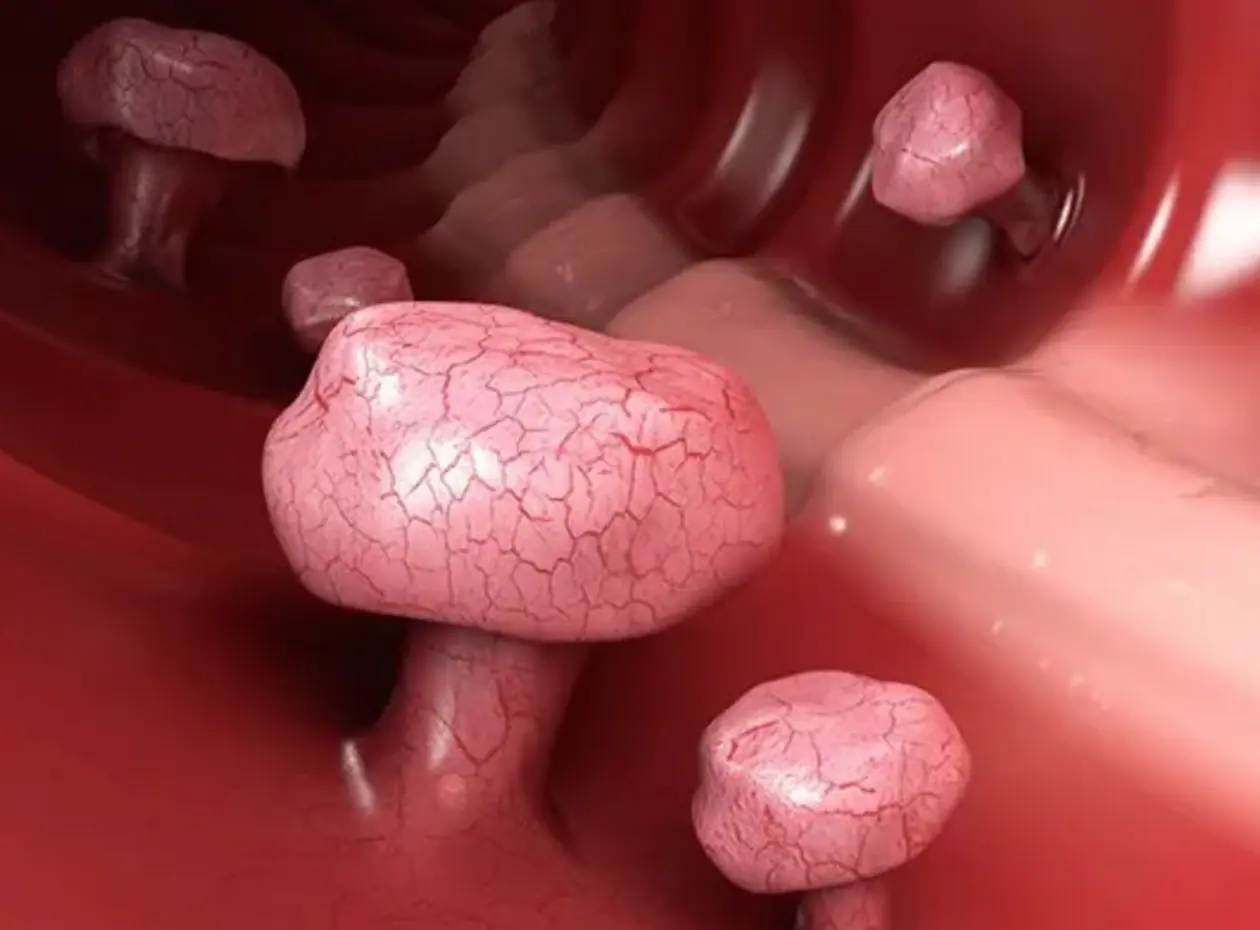
Early detection colon polyps: The key to effective can.cer prevention

Think it’s harmless? The risks of wearing bras to sleep might surprise you

What dise:ase is gr.oin pa.in a symptom of?
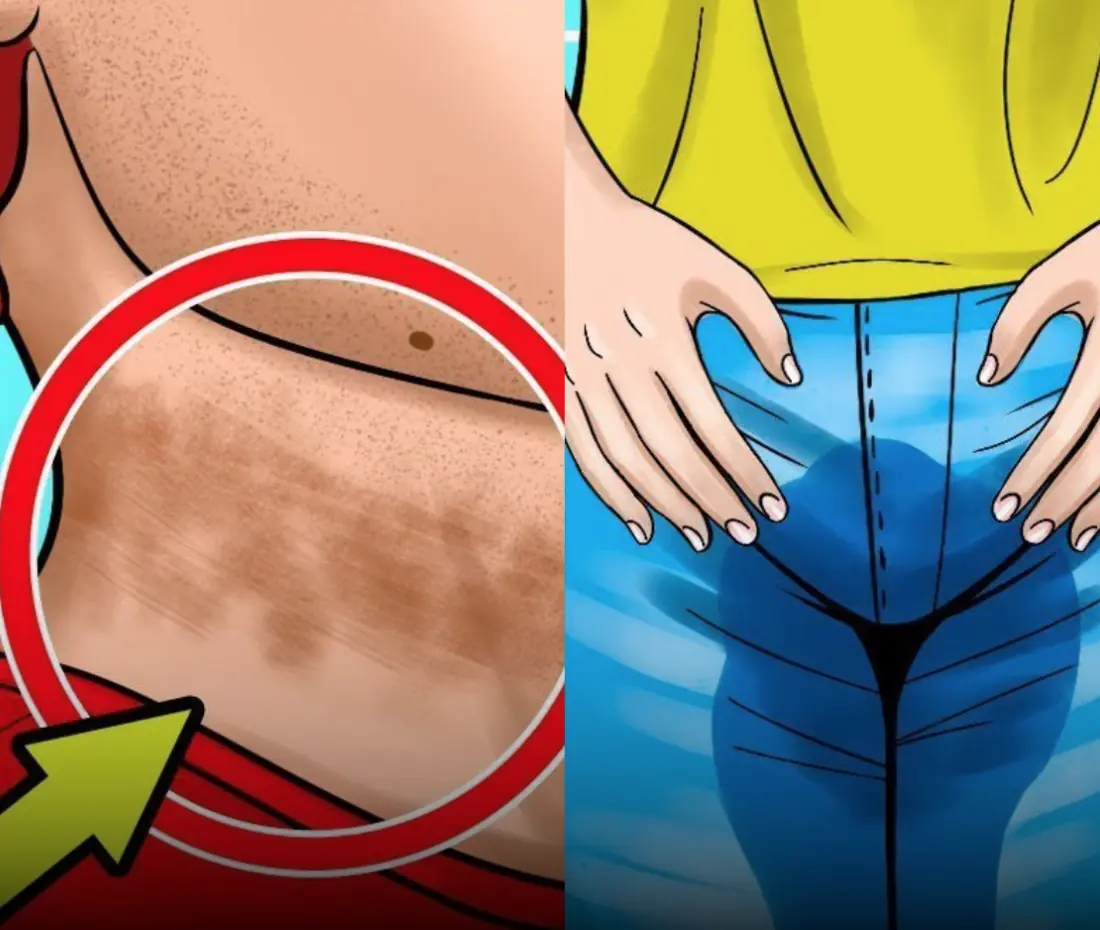
These 10 symptoms indicate latent diabetes

What sleeping on the left side does for our brain, stomach and lymphatic health

Eating yogurt with these 5 mistakes can bring more dis.eases into your body
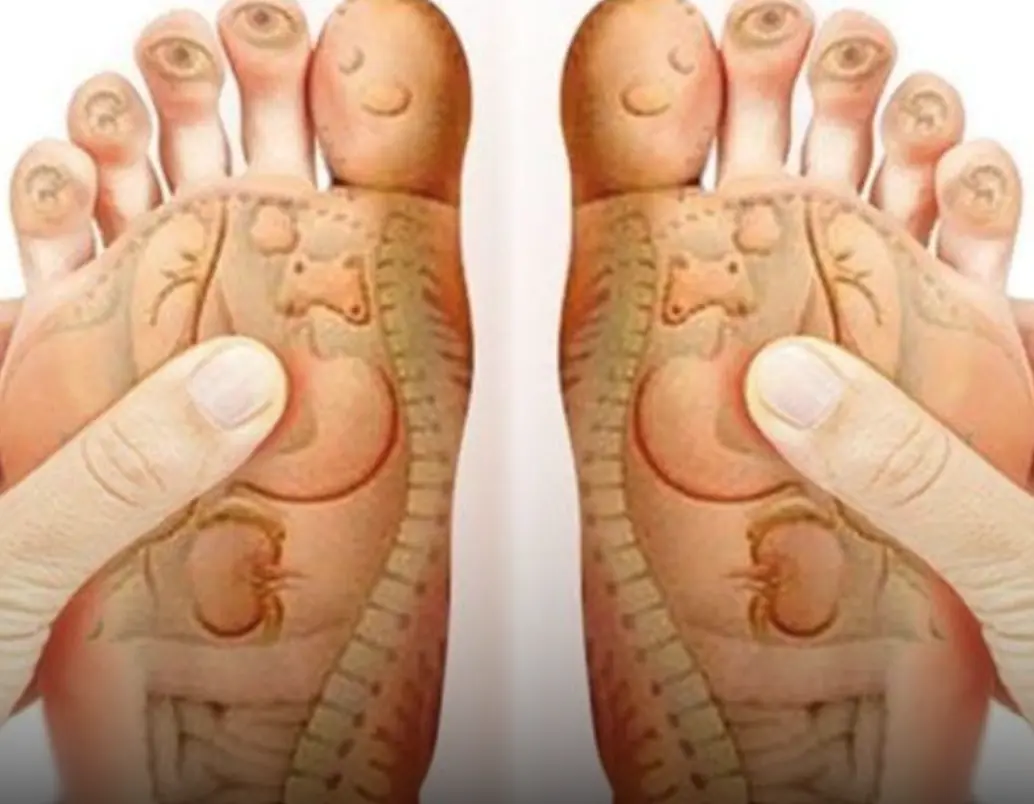
8 foot massage points that help relieve issues
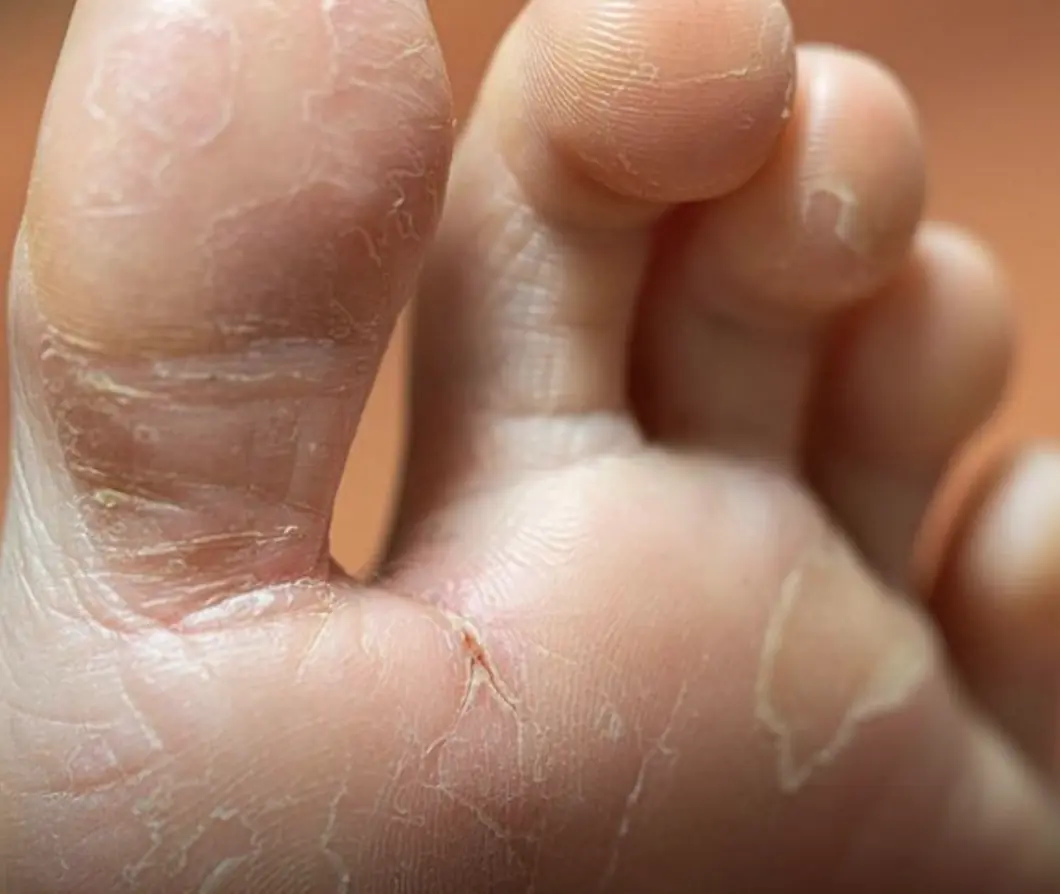
7 subtle symptoms that could signal serious health problems
News Post

If Veins Suddenly Pop Out on Your Hands

All The Things You Need to Know About Nighttime Urination And When To Start Worrying

Don’t Throw Out Old Dish Sponges

When buying watermelon, don't choose a big one.
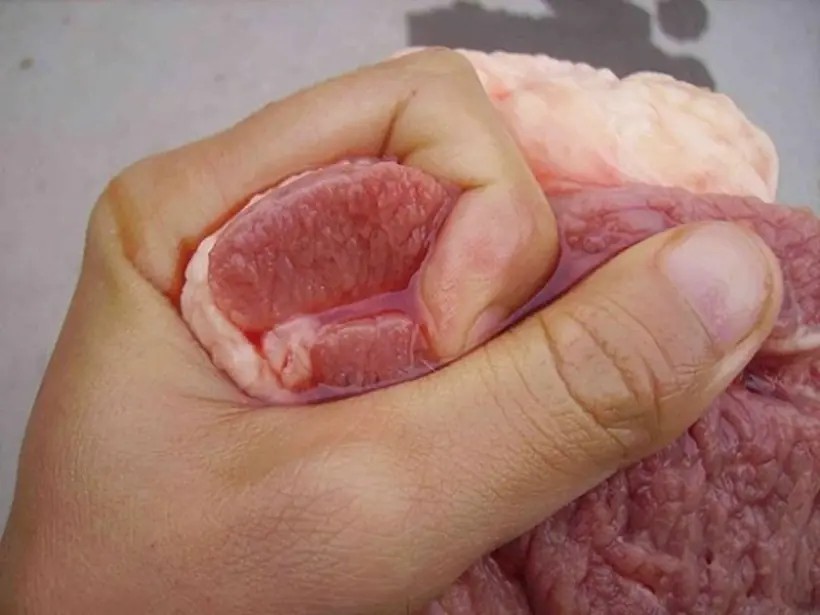
If You See Pork with These 4 Signs at the Market, Don’t Buy It No Matter How Cheap

Why Does Fish Often Smell Fishy? The Real Reason Many People Don’t Know

Ever noticed a greenish ring around an egg yolk? The explanation might surprise you...

Umbilical Hernia: Causes, Symptoms and Treatment

What happens if the gastric balloon bur.sts?

99% of people will throw away these 6 fruit peels when eating, but will regret it when they know their benefits

Top 2 types of seafood at the top of the list of microplastic contamination, but people still eat them every day

Gassier at Night? Here’s Why (and What To Do About It)

What is myasthenia gravis and what are its symptoms?

Eating chicken eggs is harmful to these 5 groups of people

4 Vegetables Easily “Treated” with Chemicals

The Part of the Pig Often Dismissed as “Dirty” and Thrown Away: Turns Out It’s a “Miracle Food” with 10 Times More Iron Than Meat

An 8-Year-Old Girl Complained of “Sto.mach Pain” Every Friday Afternoon

Eating Eggs Can Be Harmful for These 5 Groups of People: Better Stay Away!
